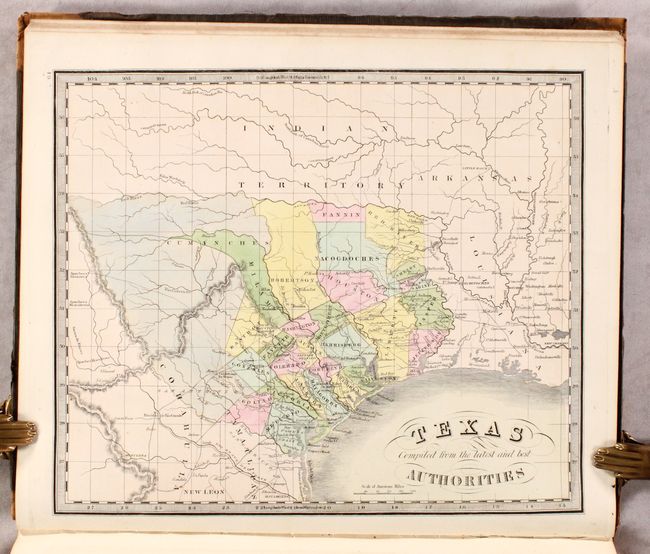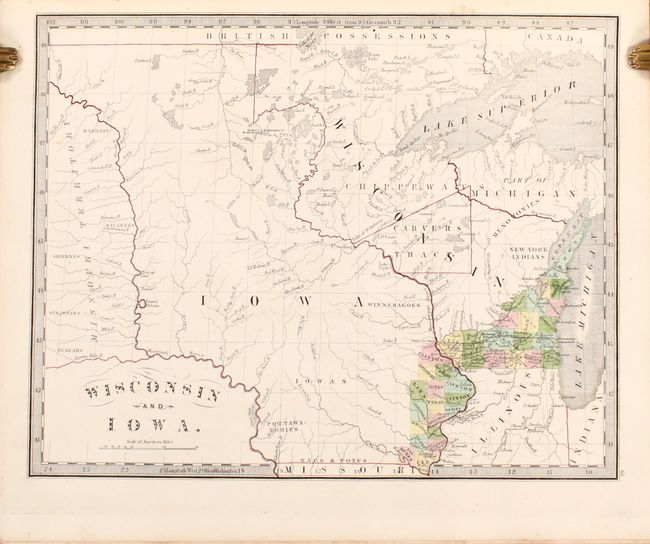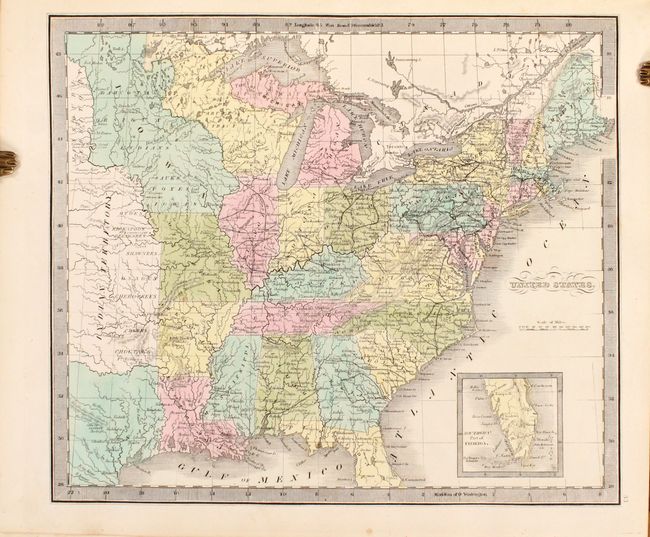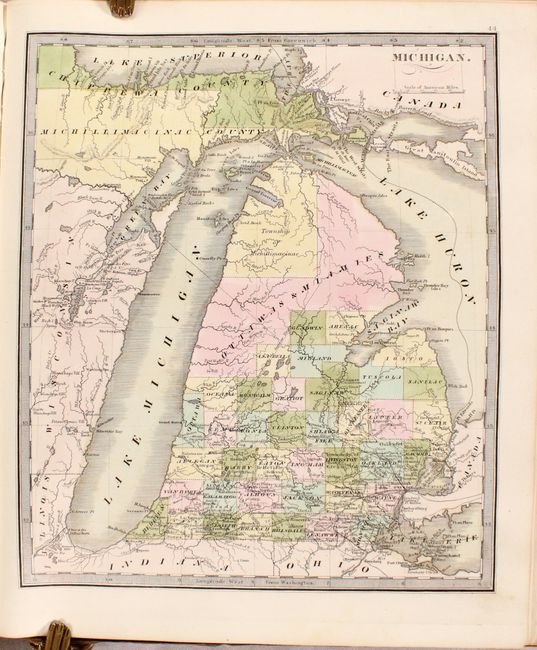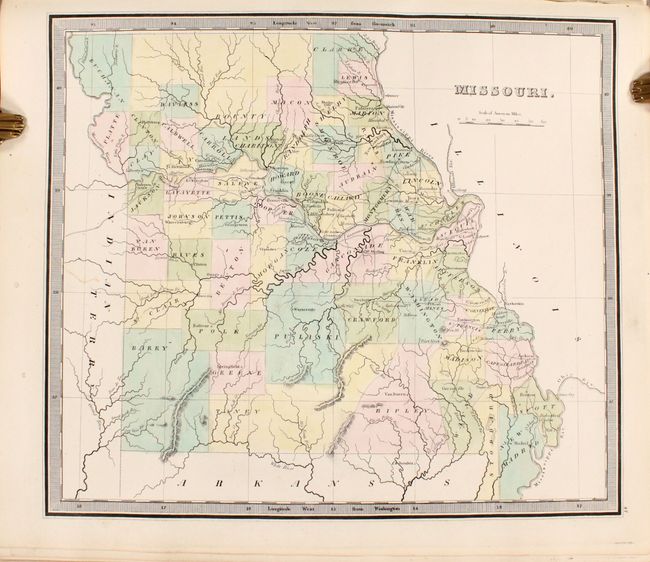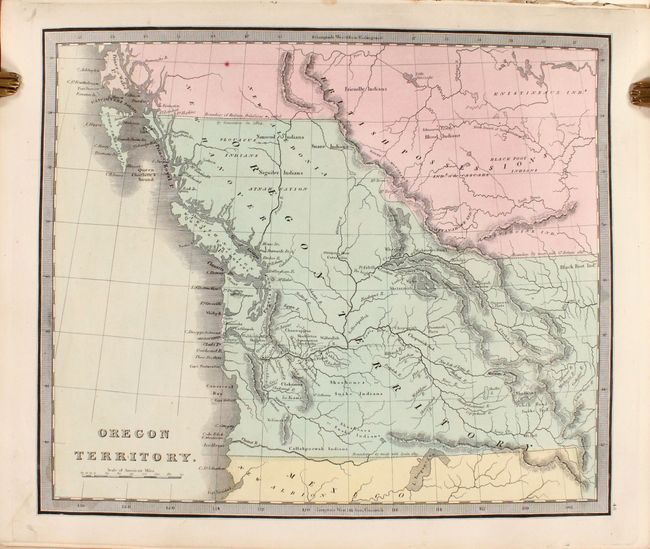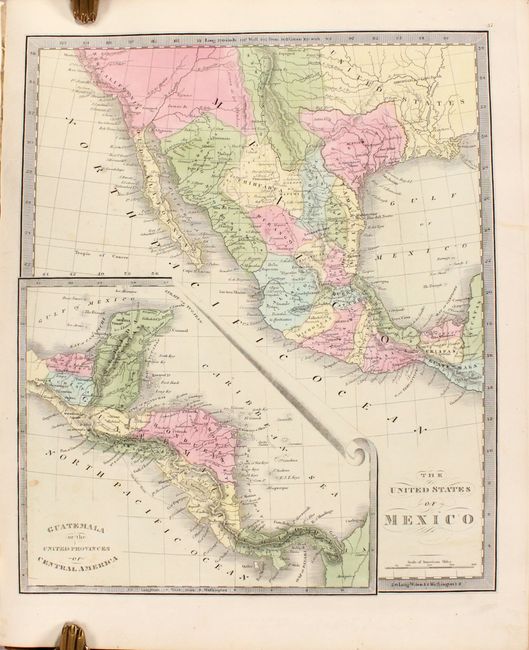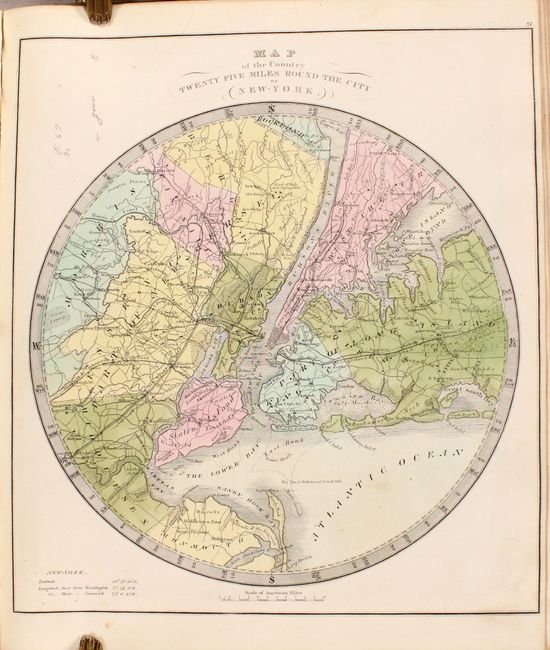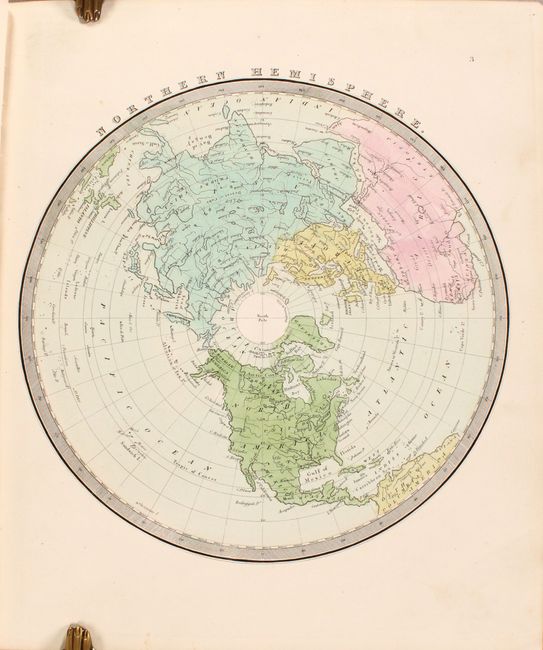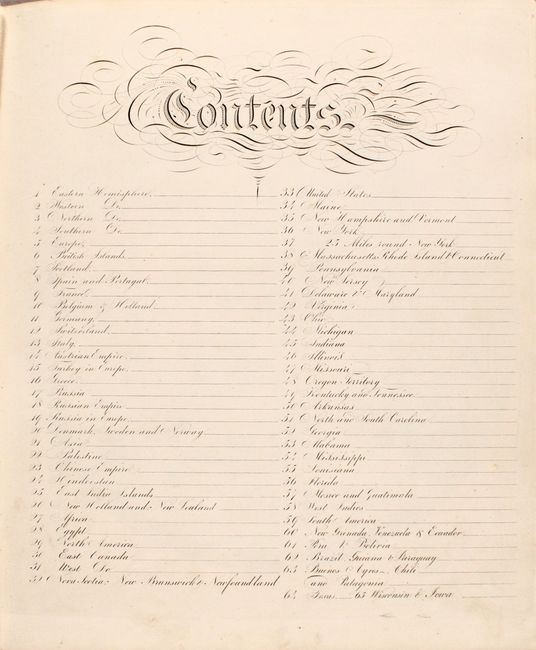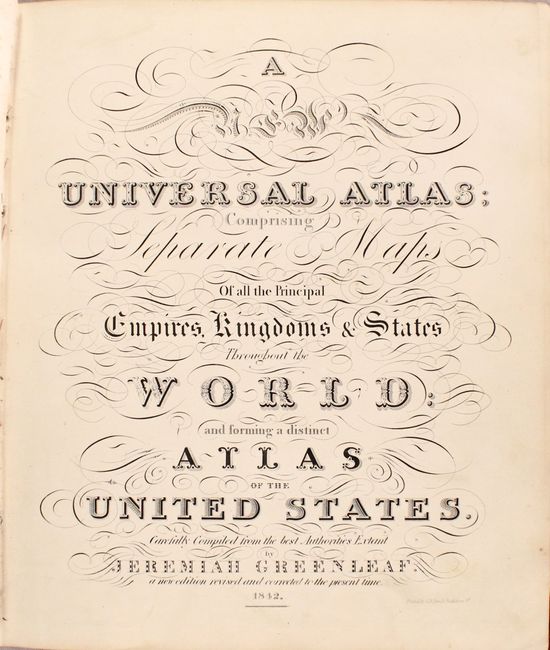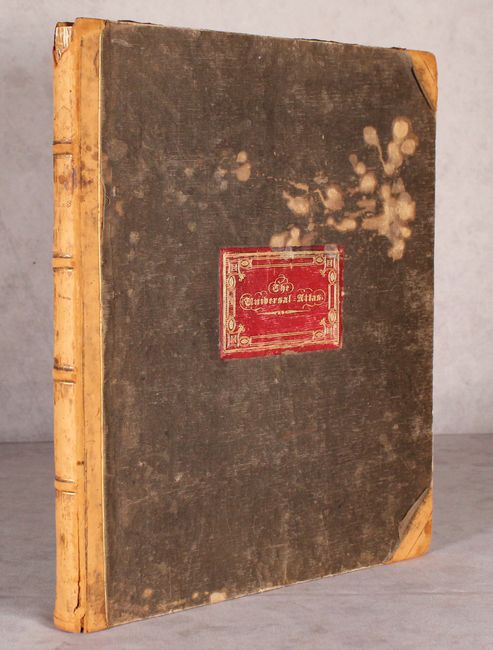Catalog Archive


Auction 183, Lot 557
Greenleaf's Atlas with Important Maps of Texas, Iowa & Wisconsin
"A New Universal Atlas; Comprising Separate Maps of All the Principal Empires, Kingdoms & States Throughout the World: and Forming a Distinct Atlas of the United States...", Greenleaf, Jeremiah
Subject: Atlases
Period: 1842 (published)
Publication:
Color: Hand Color
Size:
12.5 x 14.8 inches
31.8 x 37.6 cm
Download High Resolution Image
(or just click on image to launch the Zoom viewer)
(or just click on image to launch the Zoom viewer)
